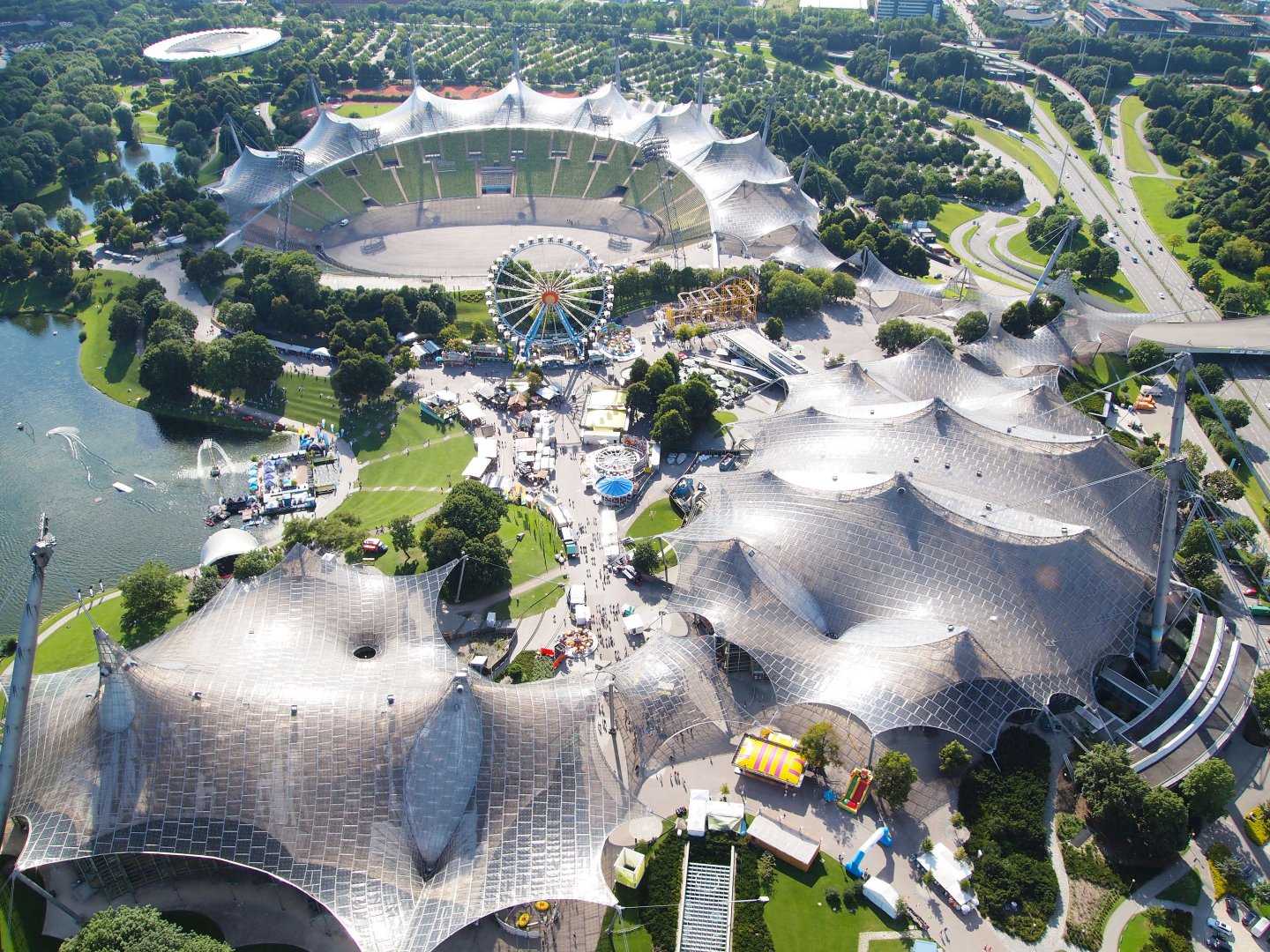
Fundamental Design Principles for Tensile Membrane Structures: A Call for Structural Awareness in Architectural Practice
Please login to view abstract download link
Tensile membrane structures offer unique aesthetic and functional opportunities in contemporary architecture. However, their design demands a rigorous understanding of structural principles that are often underestimated or ignored in architectural practice. This paper examines common design flaws stemming from the lack of structural insight in the conception of tensile membrane projects, particularly in public works typically executed under tight, fixed budgets set by public tenders. Key aspects—such as the definition of shape and form, appropriate levels of textile prestress, and sufficient stiffness of the usually metallic supporting structure—are frequently overlooked, leading to compromised performance, structural inefficiencies, or increased costs during construction. The paper also advocates for the adoption of self-supporting systems to minimize foundation demands, especially avoiding overturning forces that result in oversized, cost-intensive foundations. Furthermore, membrane material choice must be aligned with the real needs of the end user, the geographical context, and the local climate. An inadequate choice can limit the functional potential of the tensile structure and hinder its long-term performance. Additionally, well-considered detailing that accounts for the installation process can significantly improve constructability and cost-effectiveness. Efficient detailing reduces on-site issues, shortens construction times, and contributes to the overall profitability and success of the project. By addressing these challenges, the paper aims to promote technically sound and economically viable solutions, encouraging closer collaboration between architects and engineers from the early stages of design. A more informed and integrated design process is essential to ensure that tensile membrane structures achieve their full potential—functionally, structurally, and economically.

